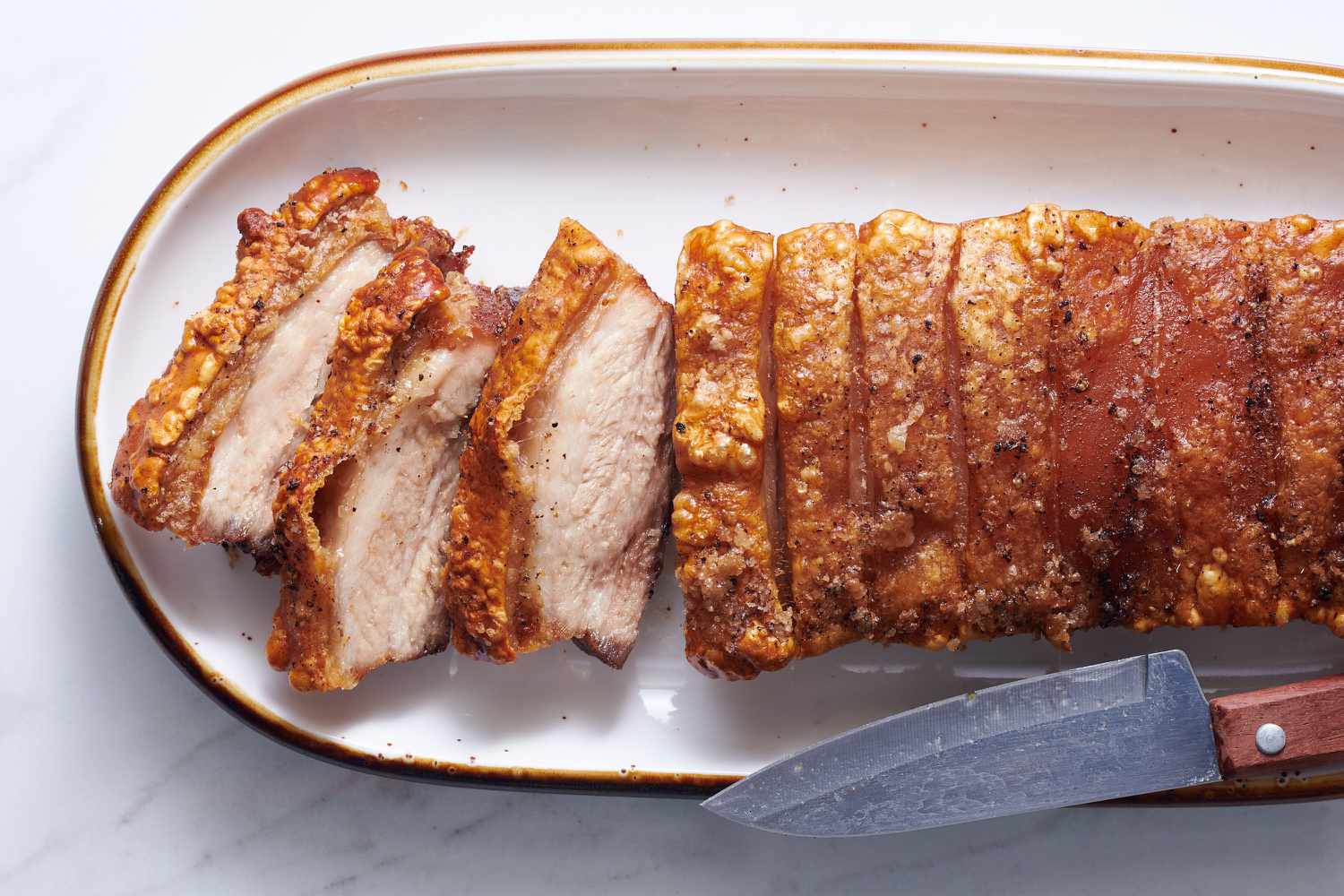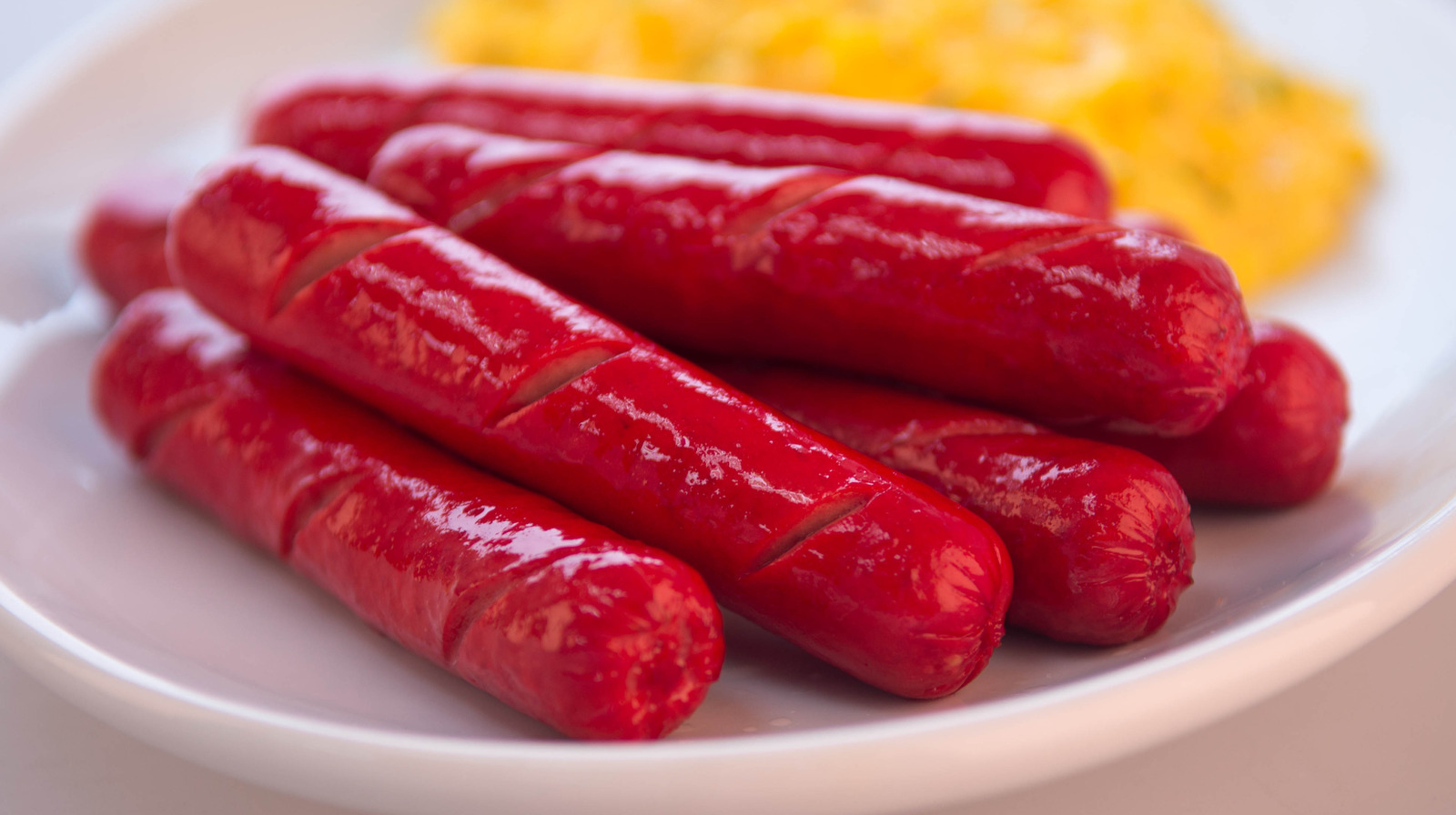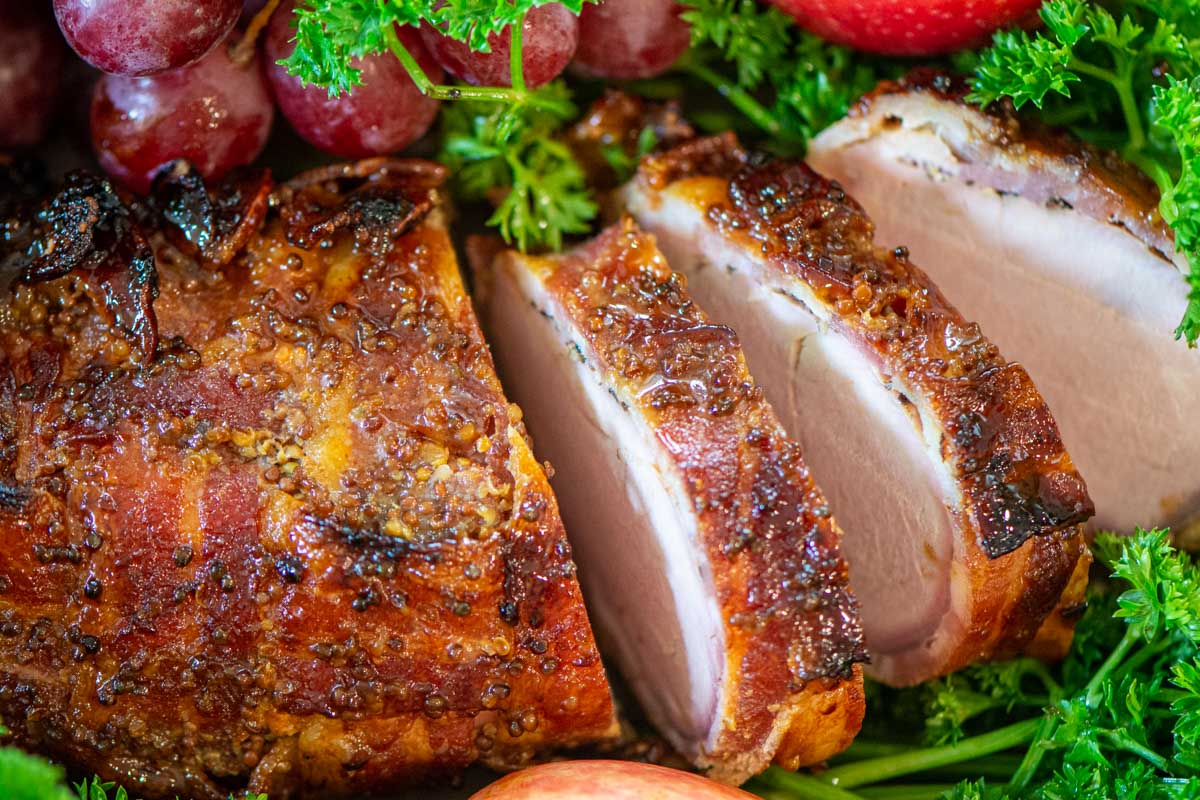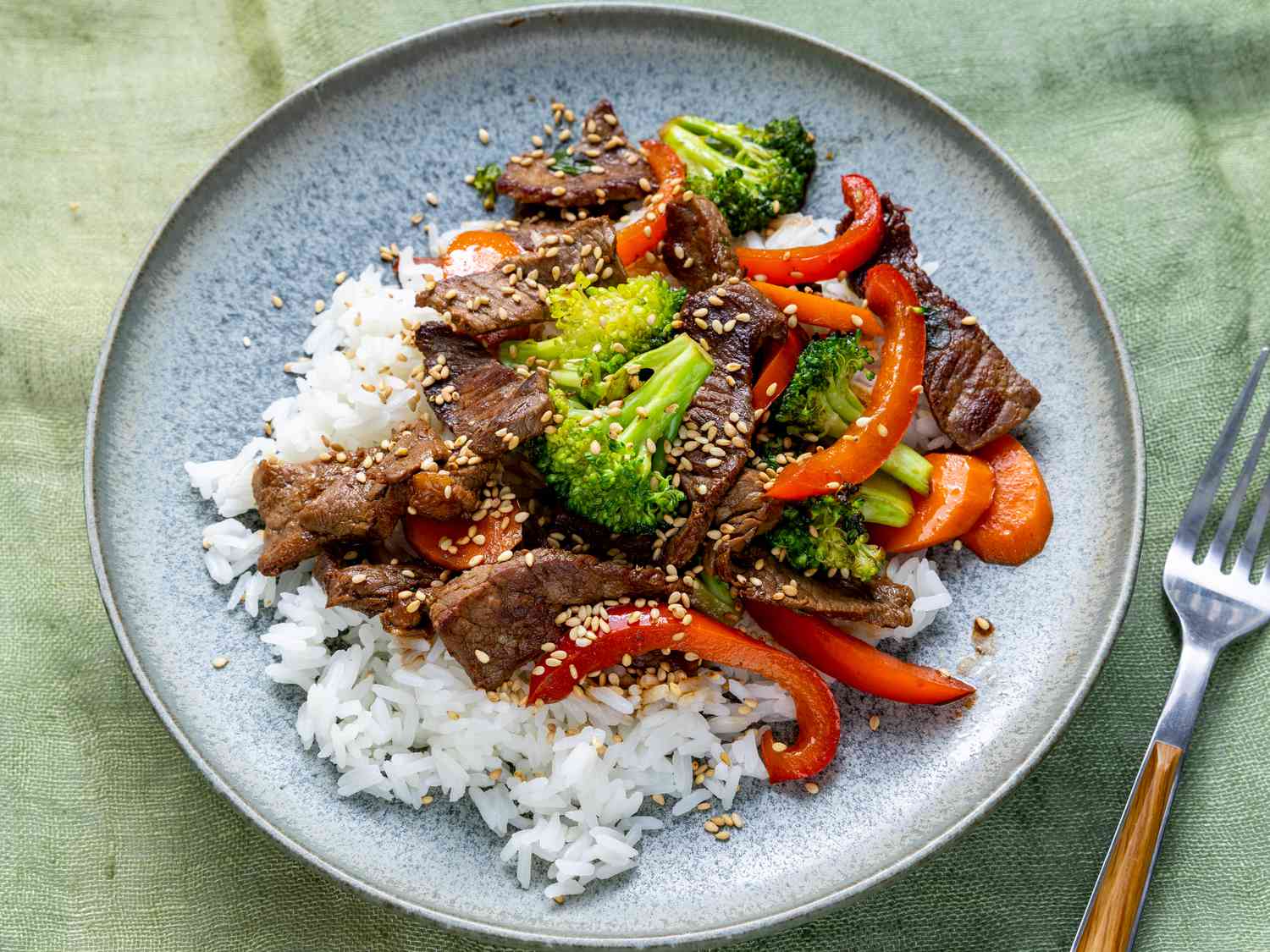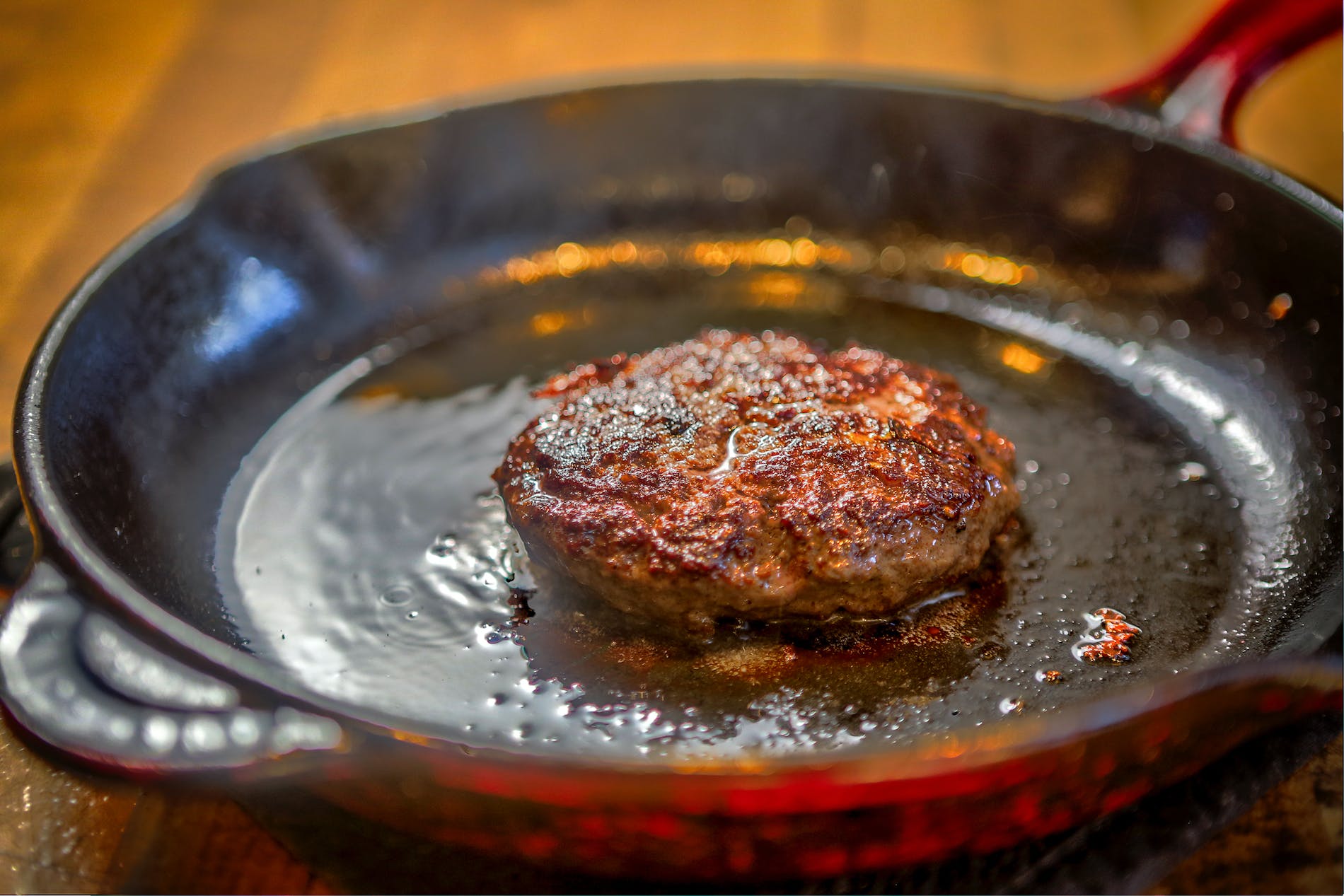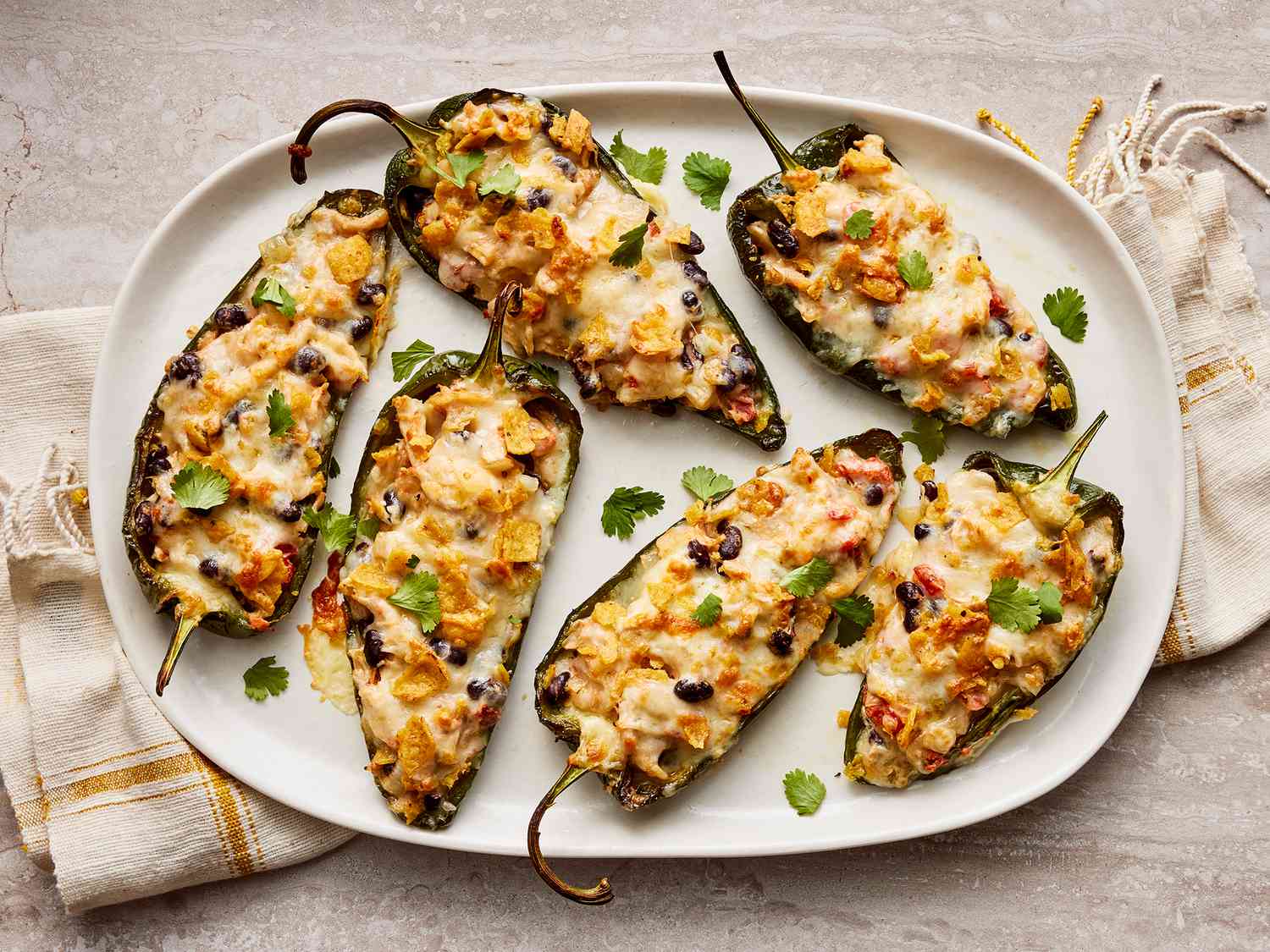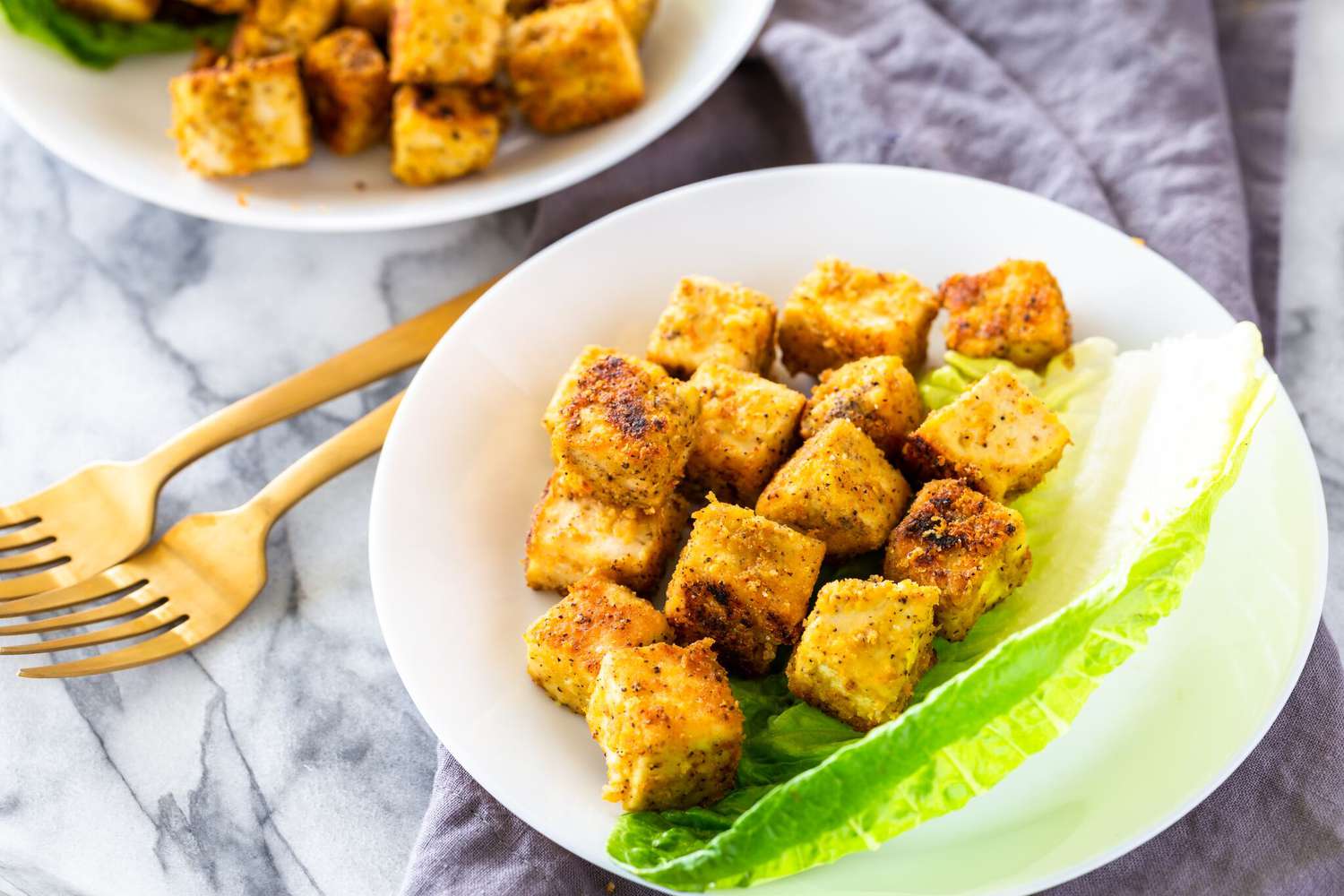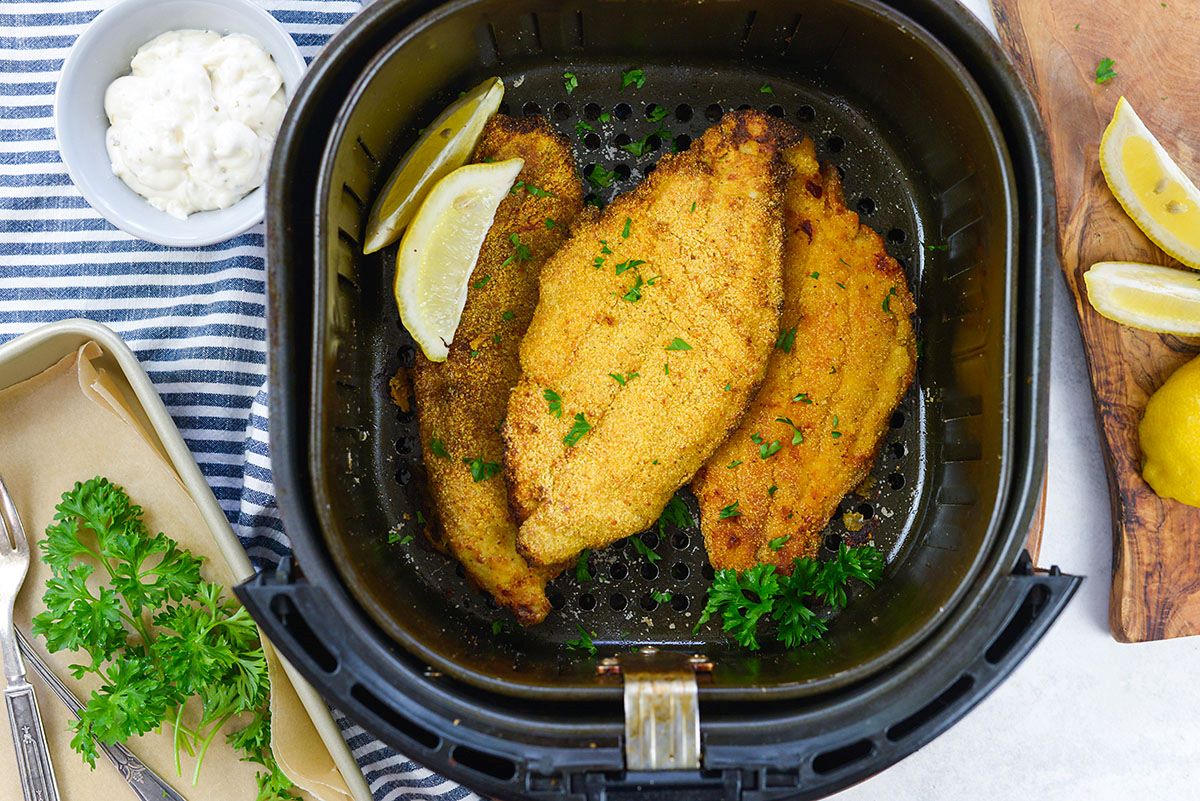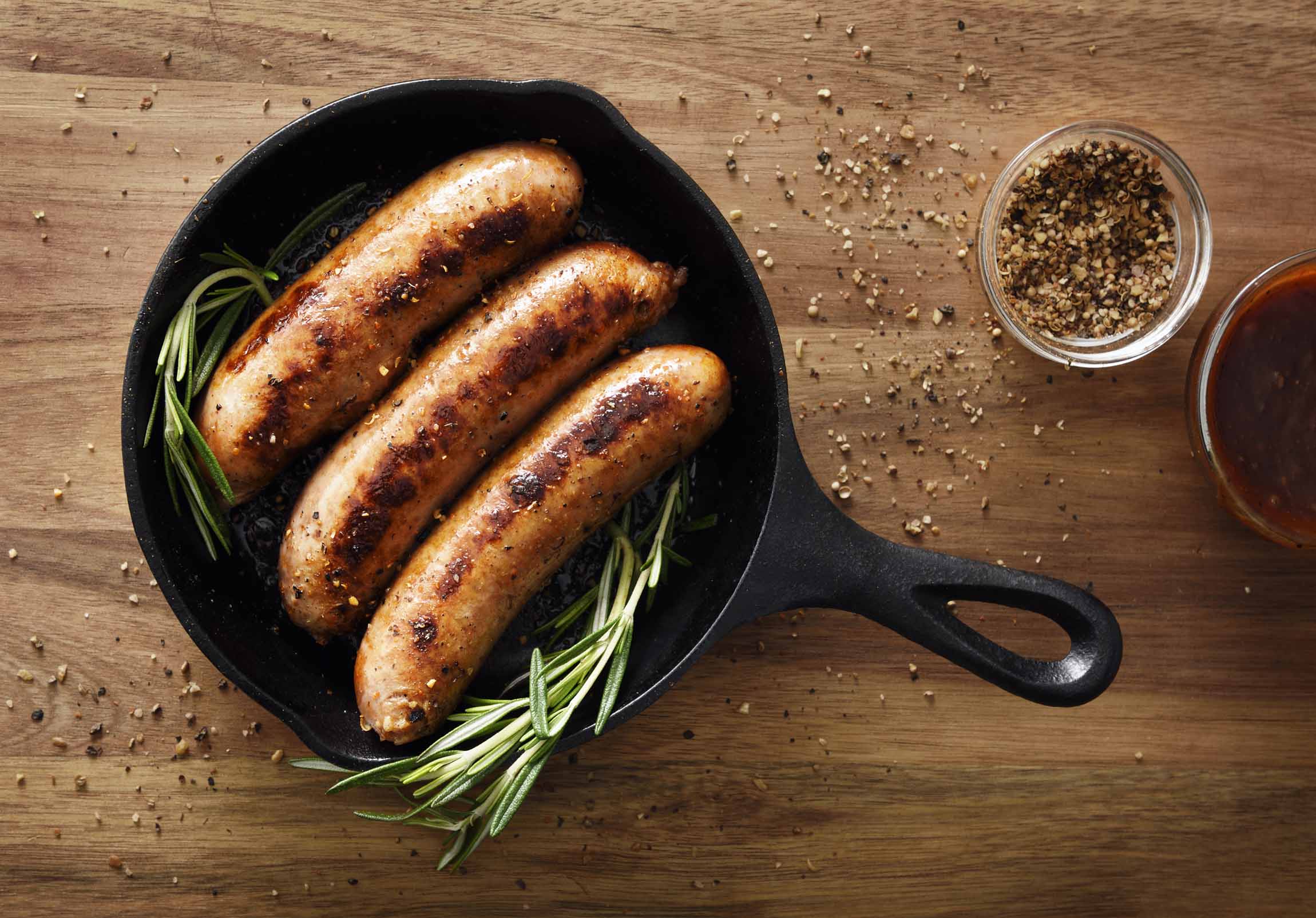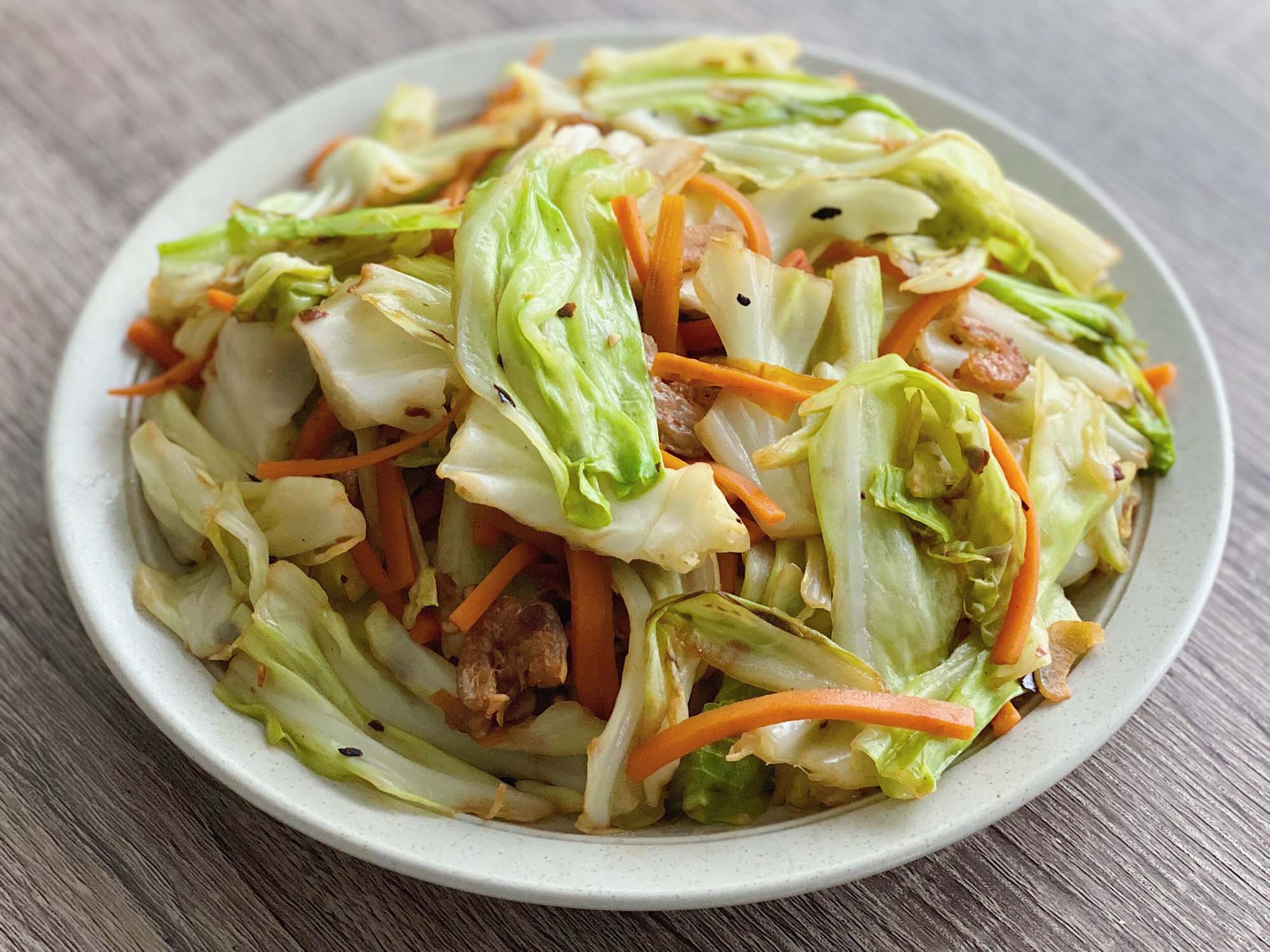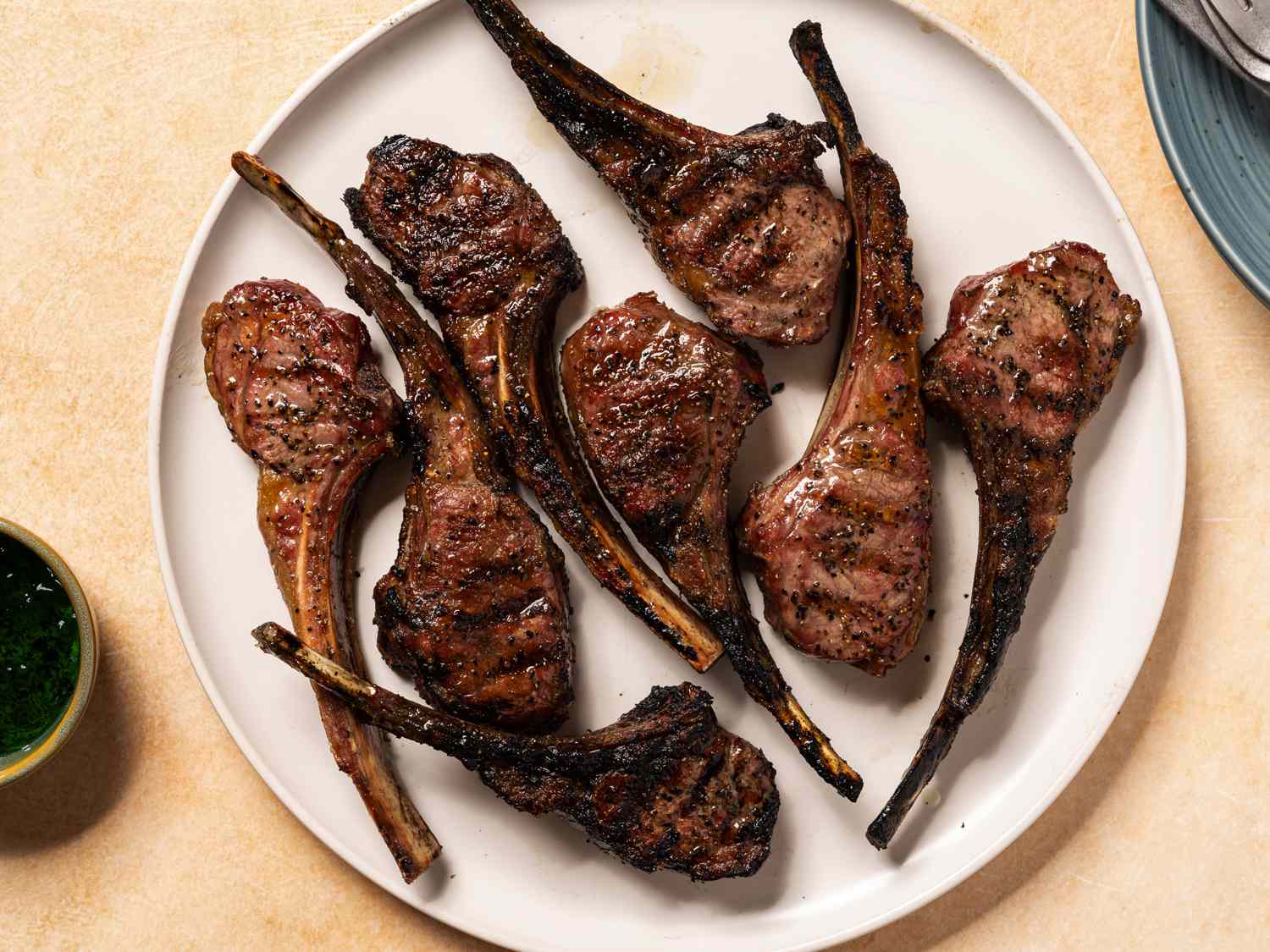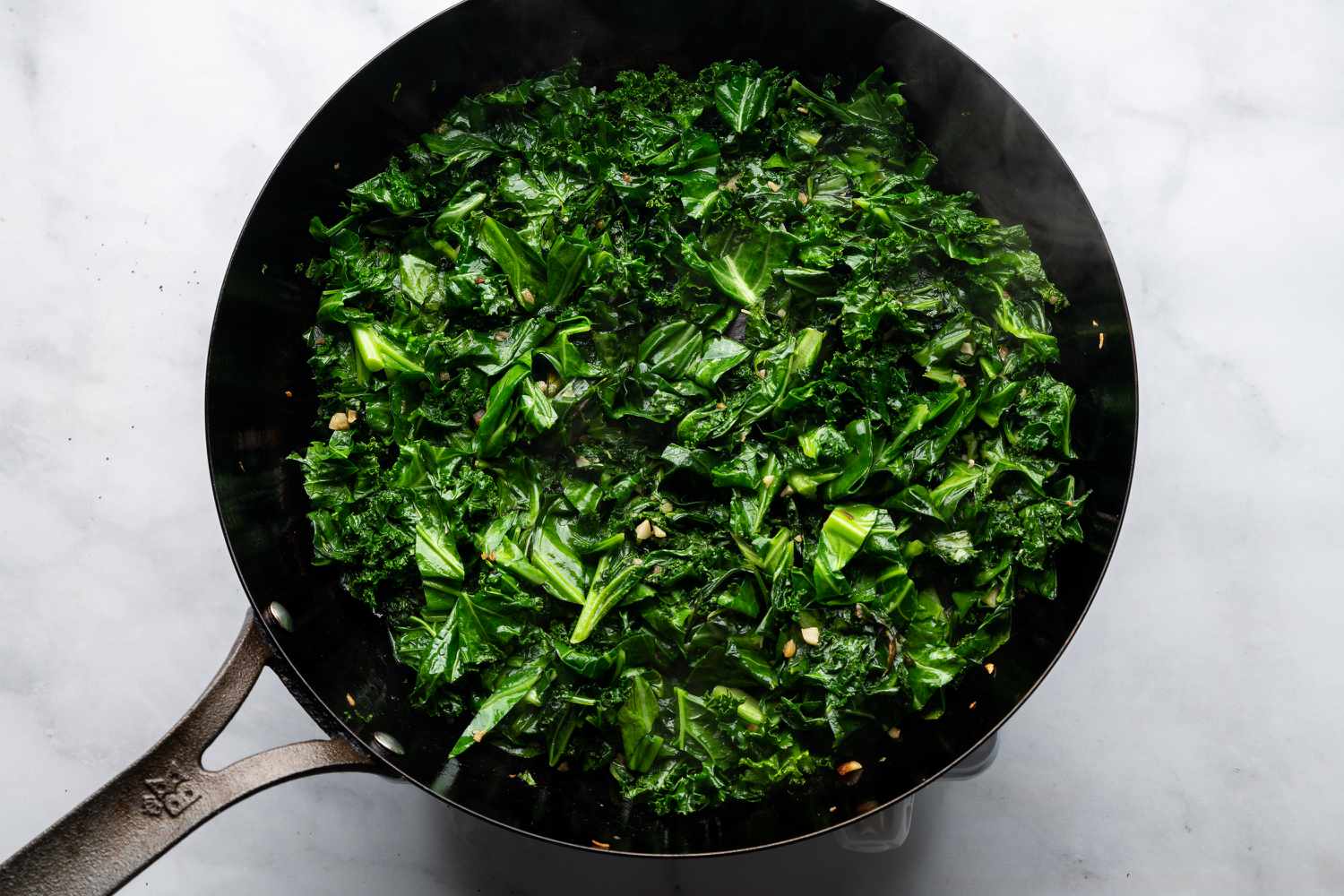How To Cook Lamb Meat
When it comes to cooking lamb meat, you want to ensure that you bring out its rich flavor and tender texture. Whether you’re a seasoned chef or a beginner in the kitchen, these simple tips will help you create a delicious lamb dish that will impress your family and friends.
Choose the Right Cut of Lamb
Before you start cooking, it’s important to select the right cut of lamb for your recipe. Lamb is a versatile meat, and different cuts lend themselves to different cooking methods. Here are some popular cuts:
- Rack of Lamb: This tender and flavorful cut is perfect for roasting or grilling.
- Lamb Chops: These individual cuts cook quickly and are ideal for pan-searing or grilling.
- Lamb Leg: A larger cut that is great for slow-roasting or braising.
Once you have chosen your preferred cut, it’s time to move on to the cooking process.
Preparation is Key
Before cooking the lamb, make sure to properly prepare it. Here’s what you need to do:
- Trim the Excess Fat: Remove any excess fat from the lamb, leaving a thin layer to enhance the flavor and moisture.
- Marinate: Marinating the lamb will infuse it with additional flavors and help tenderize the meat. You can use a simple combination of olive oil, garlic, herbs, and spices or try various marinade recipes available online.
- Bring to Room Temperature: Allow the lamb to sit at room temperature for about 30 minutes before cooking. This ensures even cooking.
Cooking Methods
Now that your lamb is prepared, it’s time to decide how to cook it. Lamb can be cooked using various methods, each contributing a unique taste and texture. Here are a few popular cooking methods:
- Roasting: Preheat your oven to the desired temperature, place the lamb in a roasting pan, and cook until it reaches your desired level of doneness. Remember to use a meat thermometer to ensure accurate cooking time.
- Grilling: Fire up your grill and cook the lamb over direct heat for a delicious smoky flavor. Baste the lamb with marinade and turn it occasionally for even cooking.
- Braising: This method involves searing the lamb on high heat, then simmering it slowly in liquid until it becomes fork-tender. This is perfect for tougher cuts like lamb shanks.
Doneness and Resting
When cooking lamb, it’s essential to cook it to the proper doneness for optimal taste and texture. Here’s a general guide to lamb doneness:
- Rare: 125°F (52°C)
- Medium Rare: 135°F (57°C)
- Medium: 145°F (63°C)
- Medium Well: 150°F (66°C)
- Well Done: 160°F (71°C)
After cooking, allow the lamb to rest for a few minutes before slicing. This helps retain the juices and ensures a moist and flavorful result.
Serving Suggestions
Once your lamb is cooked to perfection, it’s time to plate up and serve. Here are some delicious serving suggestions:
- Mint Sauce: A classic accompaniment for lamb, mint sauce adds a refreshing touch to the rich flavors.
- Roasted Vegetables: Serve your lamb with a side of roasted vegetables such as potatoes, carrots, and Brussels sprouts for a complete meal.
- Greek Salad: Pair your lamb with a flavorful Greek salad, featuring tomatoes, cucumbers, feta cheese, and olives.
Now that you have learned the basics of cooking lamb, it’s time to unleash your culinary creativity and experiment with different flavors and techniques. So go ahead, grab some lamb, and prepare a mouthwatering dish that will leave everyone asking for seconds!
Was this page helpful?
Read Next: How To Cook Meat For Spaghetti
